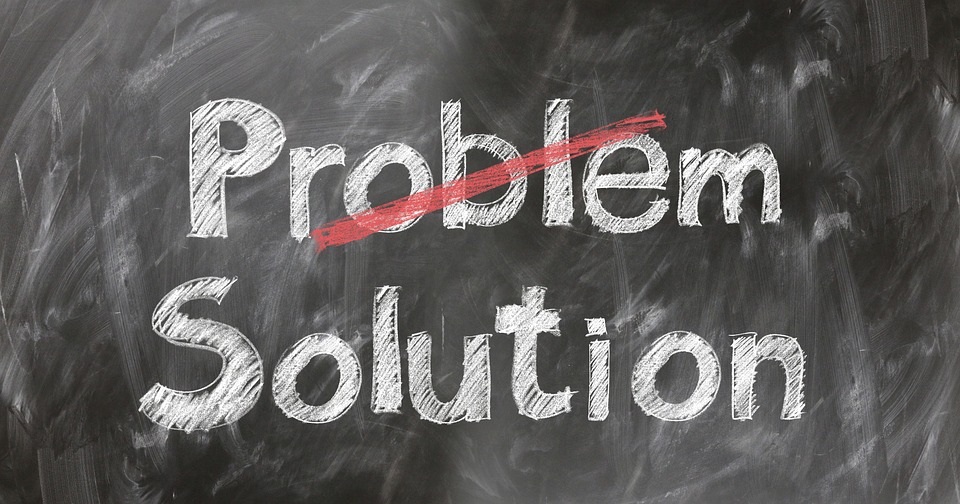The Problem with Having Too Much of a Good Thing
We’ve all been there – indulging in our favorite foods, buying the latest gadgets, or accumulating more stuff than we know what to do with. But what happens when we have too much of a good thing? Can having too much of something actually be a problem? The answer is a resounding yes.
The Dangers of Overindulgence
Having too much of a good thing can lead to a range of negative consequences. For example, overeating can lead to obesity, diabetes, and other health problems. Overindulging in technology can lead to addiction, social isolation, and decreased attention span. And accumulating too much stuff can lead to clutter, financial strain, and environmental waste.
But why does this happen? One reason is that our brains are wired to respond to novelty and instant gratification. When we’re constantly bombarded with new and exciting things, our brains release dopamine, a chemical that rewards us for our actions. This can lead to a cycle of overindulgence, as we seek out more and more stimulation to get that same feeling.
The Consequences of Overindulgence
So what are the consequences of having too much of a good thing? Here are a few examples:
- Financial strain: When we accumulate too much stuff, we often end up with a financial burden. Whether it’s paying for storage, maintenance, or simply the cost of replacing broken or worn-out items, having too much stuff can be expensive.
- Environmental impact: The production and disposal of excess goods can have a significant impact on the environment. From deforestation to pollution, the consequences of overconsumption are far-reaching.
- Social isolation: When we’re constantly connected to our devices, we can become isolated from the world around us. This can lead to decreased social skills, increased anxiety, and a sense of disconnection.
- Health problems: Overindulging in food, technology, or other activities can lead to a range of health problems, from obesity and diabetes to addiction and depression.
The Solution: Finding Balance
So what can we do to avoid the pitfalls of overindulgence? Here are a few tips:
- Practice self-awareness: Take time to reflect on your habits and behaviors. Are you overindulging in certain activities or substances? Are there areas where you could cut back?
- Set boundaries: Establish limits for yourself, whether it’s a daily time limit on technology or a budget for discretionary spending.
- Find alternative sources of joy: Instead of relying on external sources of pleasure, try finding joy in activities that bring you inner fulfillment, such as hobbies, exercise, or spending time with loved ones.
- Prioritize experiences over material possessions: While material possessions can bring temporary happiness, experiences can bring lasting joy and fulfillment.
Image: A person surrounded by clutter, with a caption that reads "The problem with having too much of a good thing: when clutter takes over our lives"
FAQs:
Q: What are some common examples of overindulgence?
A: Common examples of overindulgence include overeating, overusing technology, accumulating too much stuff, and over-spending.
Q: What are the consequences of overindulgence?
A: The consequences of overindulgence can include financial strain, environmental impact, social isolation, and health problems.
Q: How can I avoid the pitfalls of overindulgence?
A: To avoid the pitfalls of overindulgence, practice self-awareness, set boundaries, find alternative sources of joy, and prioritize experiences over material possessions.
Q: What are some alternative sources of joy?
A: Alternative sources of joy can include hobbies, exercise, spending time with loved ones, and engaging in creative activities.
Q: How can I reduce my environmental impact?
A: To reduce your environmental impact, consider reducing your consumption of single-use plastics, buying second-hand items, and recycling or repurposing items you no longer need.



